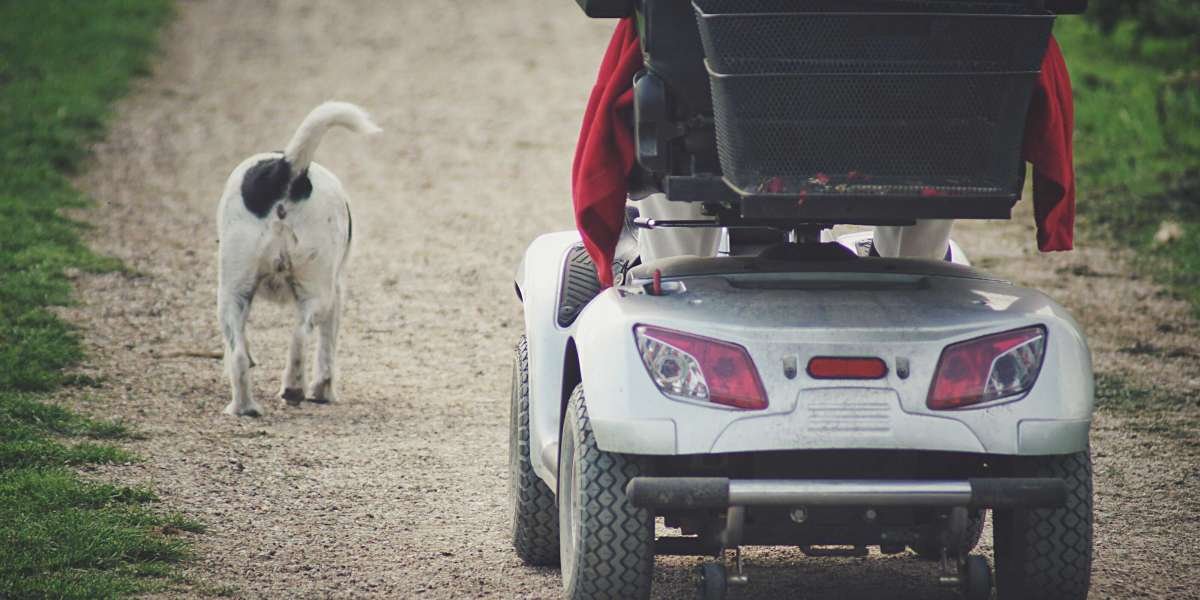Easy Guidelines for Growing Flowers in Containers
Botanical Potting
Beginning to grow flowers in containers is a simple process that includes some key steps. First, select a container with drainage holes to ensure proper water flow. Next, fill the container with a high-quality soil mix, which will provide the essential nutrients for your flora. Then, place your flora based on their spacing and depth guidelines. Finally, water the flora thoroughly after setting them to help them adjust to their new home.
Key steps:
Select a container with drainage holes.
Fill the container with a high-quality soil mix.
Place your flora according to their spacing and depth guidelines.
Water the flora thoroughly after setting them.
When choosing a container for your flora, it is vital to consider the size. The container size will depend on the type and number of flora you intend to plant.
Typically, larger-sized containers offer improved root growth and moisture retention. Ensure the container is at least 6-12 inches deep and broad enough to fit your flora.
When settling on the right flora for your containers, there are a few aspects to keep in mind. First, think about your local climate. Some flora are more adapted to certain climates, so it is crucial to choose ones that will do well in your area. Additionally, think about the amount of sunlight your containers will receive. Some flora require full sun, while others can manage partial shade. Finally, don't forget to take your personal preferences into account. Choose flora that you find visually appealing and that will suit your outdoor space. Consider mixing annuals and perennials for a long-lasting display.
Factors to consider:
Local climate
Amount of sunlight
Personal preferences
Mix of annuals and perennials
Crucial Watering Tips
After choosing the right flora and put them in your containers, it is crucial to know how often to hydrate them. Hydration frequency will vary depending on the type of flora and the weather conditions. Generally, containers should be hydrated more often than garden beds. It is wise to check the soil moisture regularly and hydrate when the top inch of soil is dry to the touch. This will ensure that your flora are getting the correct amount of water to thrive.
Key takeaways:
Hydration frequency depends on the type of flora and the weather conditions.
Containers need to be hydrated more often than garden beds.
Check the soil moisture regularly and hydrate when the top inch of soil is dry to the touch.
However, water is not the only element your potted plants require. They also benefit from consistent nutrient supplementation because nutrients can deplete rapidly in container soil.
Using a balanced, water-soluble supplement every two to four weeks throughout the growing season helps ensure that your flora have the nutrients they need to grow and bloom.
Planting Diverse Floral Species
Combining various types of plants in the same container can create an attractive arrangement, but it is vital to choose plants with comparable light and water requirements to make sure they thrive together.
Consider mixing up heights and colors to create a visually attractive display.
Enhancing Plant Pot Drainage
Boosting drainage in your flower containers is additionally important for the health of your flora. Adding a layer of gravel or small stones at the base before adding soil can help prevent water from accumulating around the roots.
By doing this, you can avoid root rot and other issues caused by too much water.
Plastic vs. Clay
When selecting the material of your containers, both plastic and clay have their benefits. Plastic containers are lightweight, making them easy to move around, and they also hold moisture longer. Additionally, plastic containers are less likely to break. Conversely, clay containers offer superior root aeration, but can dry out more quickly and are heavier. In the end, the decision between plastic and clay containers depends on your preferences and your plants' requirements.
Plastic Containers:
Easy to carry
Retain moisture for longer periods
More durable
Clay Containers:
Offer superior root aeration
Lose moisture faster
Heavier
References:






